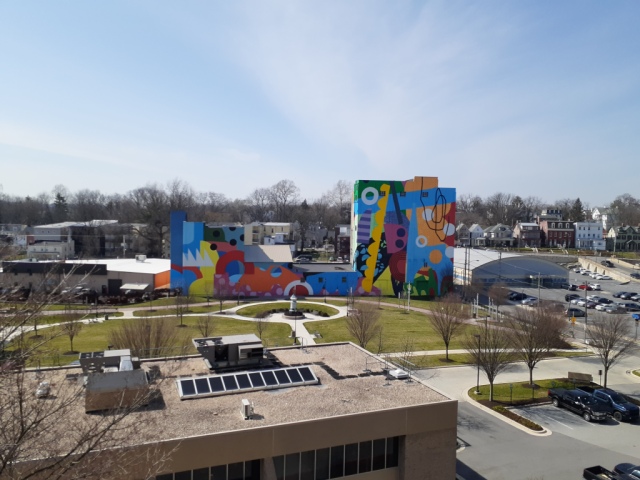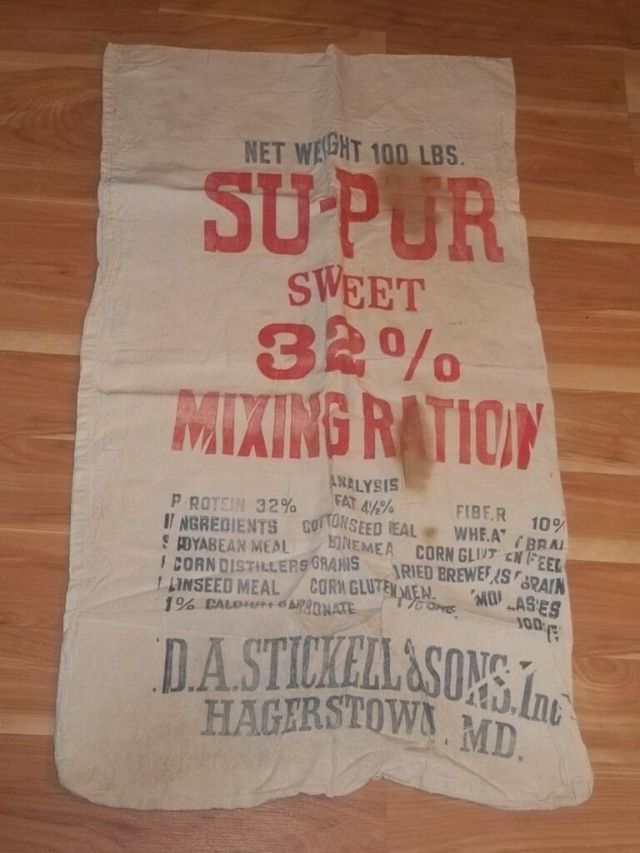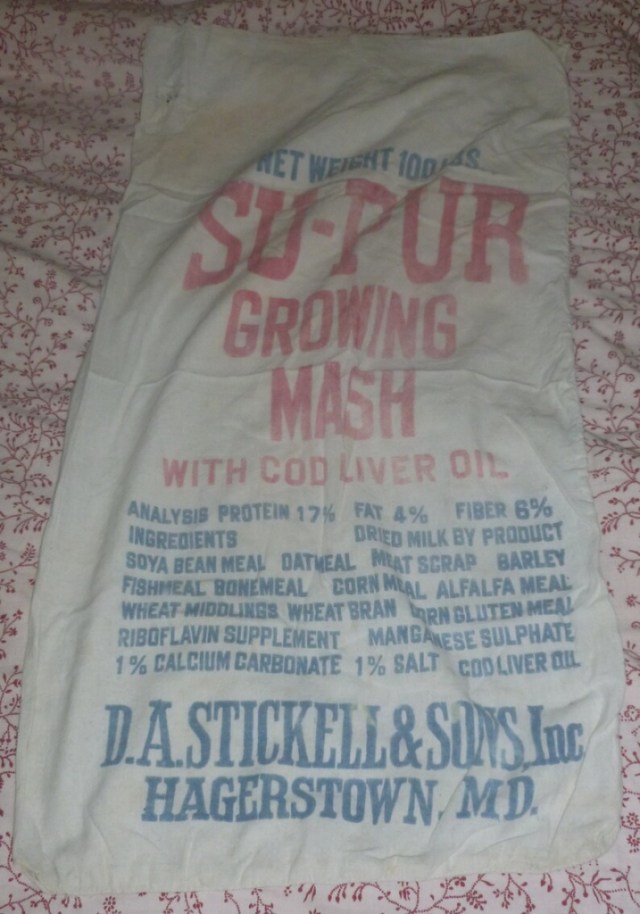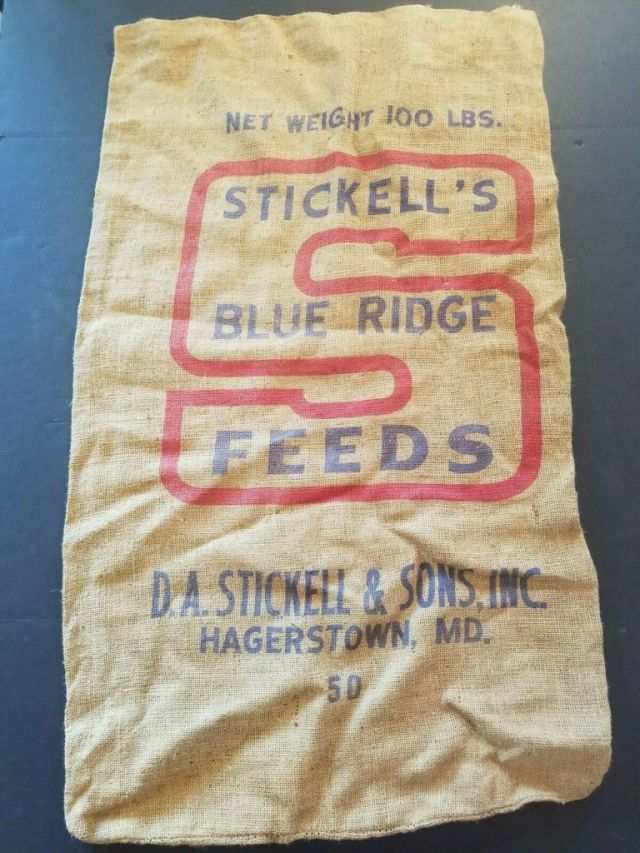The Mural of Unusual Size

Everyday when I wake up, the first thing I see when open the curtains of my balcony door, I see a certain mural. This mural is very hard to miss because it takes up the side of three steel-framed, yellow brick buildings, the primary building being five-and-half stories tall. This piece of art is the primary reason why I am glad to have apartment on the side of the building that is located. I know that one of my neighbors is of the opinion that a child designed this, but judging by that comment, I realize that he doesn’t have much knowledge about the technical aspect of art. Everybody’s a critic.
Because of the mural’s enormous scale, the title of the mural is “The Mural of Unusual Size.” This piece was designed and painted in 2017 by HENSE, an artist from Atlanta, Georgia and was part of a project to revitalize blighted properties in the city. The painting required 170 gallons of paint to complete. While I was glad to learn this information, I wanted to learn a bit more, as I’ve never been pleased with answers on a superficial level. In particular, I wanted to learn a bit more about the building.
I knew that the buildings were currently occupied by an audio-visual consultant and an automotive repair garage, but I didn’t know anything about the building’s past. Someone had told me that it was once an old factory, but they did not elaborate beyond that. And for all I knew, what they told me was incorrect. I tried searching for the desired answers online, but I only got articles about the creation of the mural. I knew that someone had the answers. So decided to contact the artist—maybe someone had told him of the site’s history when he took on that job. I sent him an e-mail through the contact form on his site. A couple of days later, I thought of someone else who might be more helpful: the Washington County Historical Society. So I sent them an e-mail, too.
While I still have not heard back from HENSE, the office admin of the historical society suggested that I should check the Maryland Historical Trust’s website. Turns out that that was an excellent piece of advice. Using Medusa’s, their online database, map tool, I found an application from when the building applied for historical status. I had learned that the building was once the site of D.A. Stickell & Sons Feed Manufacturing. This company was both a flour and feed producer. The building was constructed in 1947 and continued to operate until some point in the 1950s. Through this information, I was able to locate some of the burlap sacks that they used through online antiques dealers:



But to dig even deeper and farther back, another mill occupied the location of D.A. Stickell & Sons prior to its existence. According to the application, the site was once the place for the Anchor Milling Company. Reportedly, one of the old warehouses that stands there belonged to them and is dated as 1919. I cannot find much information about this particular company. I do come across information about an Anchor Milling Company that had once existed in Missouri, but I cannot figure out if this is the same company. What makes determining this more confusing is that I found information about a family that lives in Miller County, the site of the Missouri Anchor Milling Company, who originally lived in Hagerstown, Maryland prior to immigrating from Switzerland, and that people in this very same family worked for the mill in Missouri. I cannot figure out if the connection to Hagerstown is a mere coincidence or not. And what muddies the waters even more is that there was an Anchor Milling Company in Ohio at some point, too. Was that one in any shape or form connected to the other Anchor Milling Companies? Prior to starting this post, I thought I had my dots connected, but a second look has made me realize otherwise. I suppose asking the Miller County Historical Society could clarify matters.
There is even something more baffling that I have come across. I had found an ad for D.A. Stickell & Sons, but it is filed as being from 1915 in the digital library of WHILBR, Western Maryland’s Historical Library. I had originally not noticed that date, and assumed it was from the time frame that was reported on the aforementioned application. But looking a bit more closely at the artwork and typefaces, I highly doubt that the ad was from the 1940s or 1950s and that the year it is filed under is correct. (Printed ad artwork and typefaces throughout history is another subject that would make for an interesting post, but that is aside my overall point.) While the location has a different building number than what the building currently has and was filed as having in the historical status application, I am sure this is for the same buildings. Either the number in the ad is a typographical error or the buildings had a different (but similar) number at that time. I am certain that this ad is for the same location as the cross street that is mentioned is the same one that is where the mural is located. Perhaps these were entirely different structures that had been demolished at one point. But even if that were the case, why does the information in Medusa allude to the Anchor Milling Company being there at that time? For that matter, 1915 predates the existence of the Anchor Milling Company existing in Hagerstown by four years. Did the Anchor Milling Company buy D.A. Stickell & Sons and the former name was kept?
While I am a bit flustered that my question has yet to fully be answered like I thought it was (and perhaps it never will be), the buildings are a bit less of a mystery. Ironically, this newly acquired information does not paint a clearer picture of the artwork itself, and the mystery is as tangled as the artwork itself.

